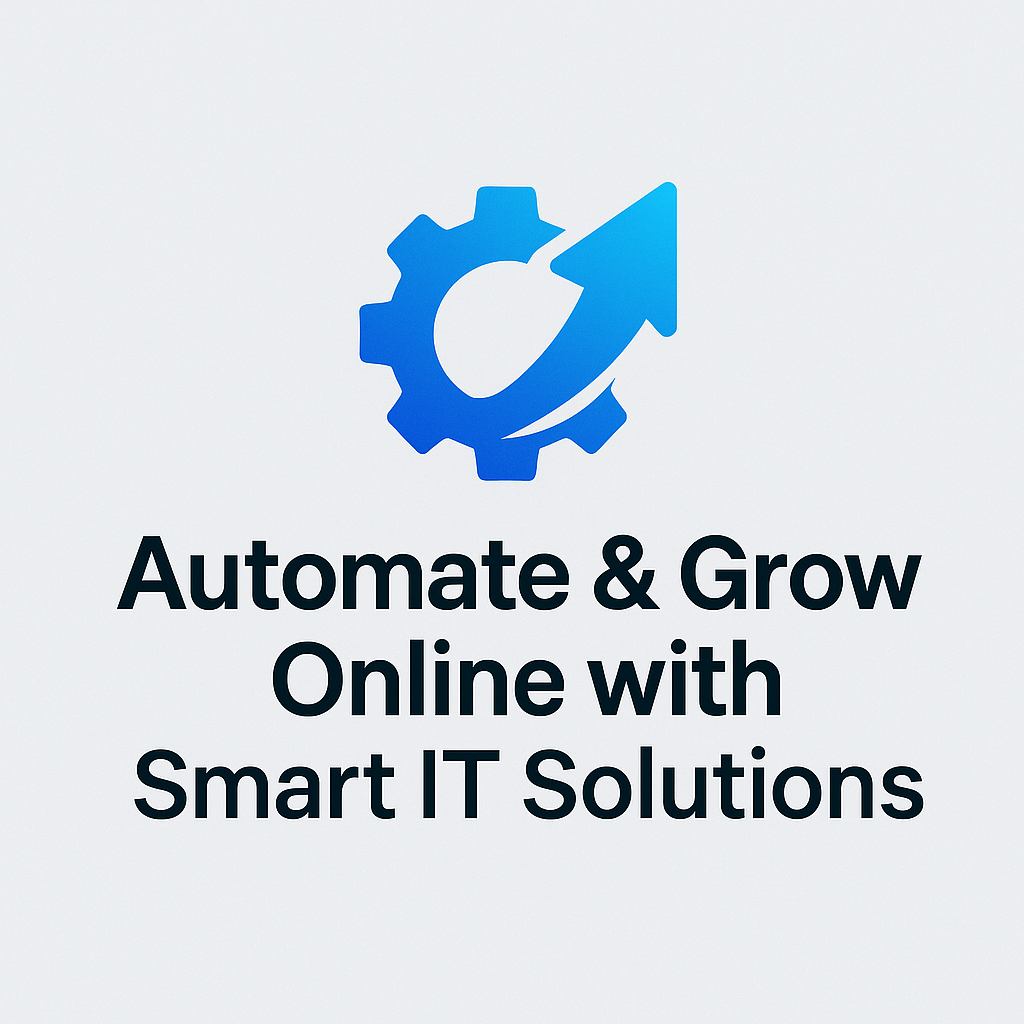AI has undoubtedly revolutionized work for many industries, but in some areas, it’s reaching its limits. Human-AI interactions, namely with GenAI, have been the base of AI’s integration recently.
We’ve finessed the “we ask, it performs” relationship. But this introduces a simple problem: Our limits are its limits. We can ask it all we want (and get good answers), but AI “lives” a life of follow-the-leader.
Enter agentic AI. It’s been the talk of the town for good reason, as it fills in many of the shortcomings of its predecessor. But it demands major alterations to our relationship with AI, as its best functions are working with other AI agents, not us. We step back, lose control and become less important. So, is it worth it? It promises to be the next great tool for businesses; what are the most important roles it can play in IT, how does security factor in, and what should leaders keep in mind?
Scaling Down and Dialing In
Large language models (LLMs), though very useful in other ways, aren’t the key for AI agents. The niche is AI agents’ game: they work best in specialized areas. Agents should be trained on niche tasks, with the ability to interact with other agents to complete more complex functions.
AI agents can be key in DevOps, for example, equipped to carry out software testing, deployment, pipeline optimization, incident management and more. Naturally, a lot of work in this area requires collaboration, which is AI agents’ superpower. Agents can, for instance, use proactive testing to predict a possible failure and contact other bots to make a patch to resolve it. It can then connect with other agents, such as a UX agent, to check for possible side effects of the fix, and ensure a smooth deployment.
Cybersecurity experience finds similar benefits. A specialized agent can monitor for threats with a refined set of skills, while another can focus on response and clean up. IT compliance, cloud computing, and almost any sector in IT can benefit from the level of finesse and collaboration that these agents can bring to the table.
This is all done within the parameters that we give it, so any link along the chain can be filled with a human agent when needed. Beauty lies in its flexibility.
The Elephant in the Room
The big question is about accuracy. With great power comes great responsibility. As AI agents feed data to other agents and make dual decisions, accuracy and reliability of the output become some of the most important duties. It all comes down to training. Quality data is everything in AI, and the same is true (and it may be even more important) when it comes to specialized agents. Beyond initial training, models need to be continuously fine-tuned with real-world data.
Professionals and teams who have mastered data quality will find themselves a step ahead when implementing. With proper data and proper modularity, a high level of accuracy and consistency can be achieved. Data issues are not so much a limit as they are an element of preparation and maintenance.
A Word for Change Leaders
ROI is a precious thing, and we always ask ourselves if any given program or software is really worth it. When implementing and mastering agentic AI, we need to leave that mindset behind. Long-term thinking doesn’t really have a place here; instead, we need to make intuitive, tactical decisions on where we can implement now without compromising security. Short-term use cases allow for immediate action and quicker learning to build a strong foundation for a strategic future. There is no best time or perfect model.
AI agents bring a new level of collaboration to the increasingly interconnected IT industry. In the end, it’s up to us to learn where to be involved and when to step back. With all the industry changes and tumult, I personally don’t mind taking a back seat for this one.


